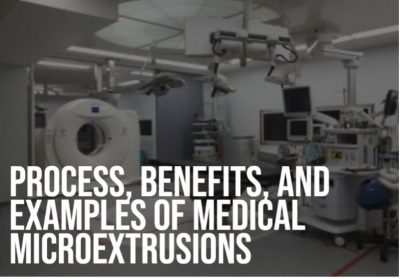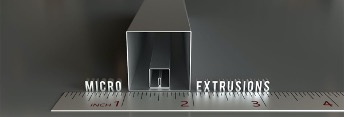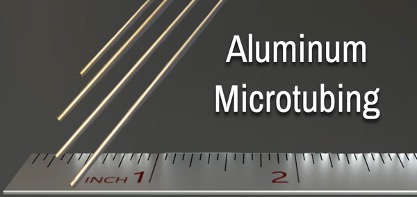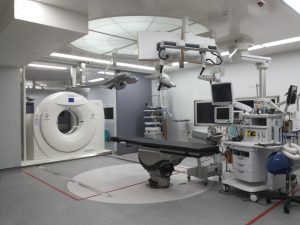Micro Aluminum Extrusions: Best-Known Applications

When it comes to high-quality precision extrusions, Taber Extrusions is at the forefront of industries like aerospace, medical technology, and consumer electronics. While their miniature extrusions may be small, they offer a large range of functions and benefits. This makes them invaluable in modern manufacturing processes. In this post, we’ll dive into the best-known applications for micro aluminum extrusions, and how they’re changing the game in some of the world’s most important industries.
What Are Micro Aluminum Extrusions?
Micro aluminum extrusions are like miniature sculptures hewn from aluminum, the versatile metal that’s shaped modern progress. Taber’s expertise lies in transforming raw aluminum into highly specialized micro extrusions, meticulously tailored for each industry’s unique demands. Whether it’s about designing miniature extrusions for intricate electronics, crafting aluminum microtubing for medical devices, or engineering extrusions that navigate the skies and roads, micro aluminum extrusions are the invisible heroes behind cutting-edge innovation. To learn more about the logistics of micro extrusions, watch Taber’s informational video here.
Advancing Medical Technology
One of the biggest sectors that benefit from micro aluminum extrusions is the medical technology industry. These small-scale extrusions are the go-to choice for medical companies looking to manufacture life-saving devices. Due to the superior properties of aluminum, micro aluminum extrusions is the discerning choice.
What’s more, they are perfect for medical applications. Their precision-quality means that they can be produced to extremely tight tolerances. At Taber Extrusions, we’ve seen firsthand how micro extrusion technology has transformed the medical device market. Micro aluminum extrusions makes complex devices a reality.
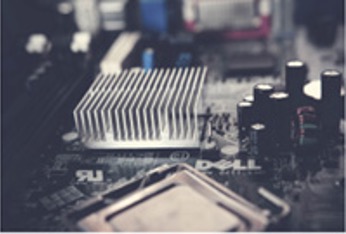
Essential in Consumer Electronics
Another area where micro extrusions are essential is in the area of consumer electronics. Aluminum microtubing, which is strong and lightweight, has been used in a variety of products. Among the list are heat sinks on many circuit boards as well as cell phones, laptops, gaming consoles, and fitness trackers. As devices become smaller and more complex, ultra-precision aluminum extrusions have become a crucial component. For manufacturers looking to maximize both function and form, these extrusions are indispensable. Companies like Taber Extrusions are leading the charge in developing new ways to use micro extrusions in the consumer electronics sector.
Critical in Defense and Aerospace
The aerospace industry is another area where micro aluminum extrusions play a vital role. Whether it’s for public transportation or military applications, the aerospace sector demands incredibly high-quality components that can survive under extreme conditions. With their corrosion resistance, strength, and lightweight properties, these extrusions can deliver the performance that this industry requires. Such extrusions are also used in defense applications like armored vehicles, missiles, and guns. Where strength and durability is needed, micro extrusions are an ideal choice.
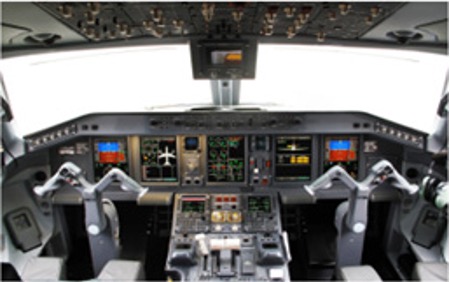
Versatile in Industrial Applications
There are many other industries in which micro aluminum extrusions are utilized. This includes construction, where precision extrusions are used to create everything from gutters to window frames. Additionally, U.S. aluminum extrusions are used in the automotive industry to create lightweight components that can help improve fuel efficiency. Furthermore, in the manufacturing sector, micro extrusions are at the forefront of the drive towards miniaturization. Micro parts and intricate shapes are becoming increasingly common in all types of products, from heavy-duty equipment to industrial machinery.
Micro Aluminum Extrusions Are EVERYWHERE
In conclusion, micro aluminum extrusions are a versatile and essential component for many industries. If your interest lies in exploring micro aluminum extrusion applications or in finding the top aluminum extrusion company, your search ends here!
At Taber Extrusions, we’re proud to be leading the way in this exciting industry. Our top-quality products have helped our clients achieve their goals time and time again.
More About Taber Extrusions
Established in 1973, Taber Extrusions holds its origin in pioneering the process of extruding rectangular billets. This unique capability empowers the company to craft solid profiles spanning up to 31 inches in width and hollow structures reaching 29 inches. The growth trajectory continued with the acquisition of an extrusion facility in Gulfport, MS, in 1995. This facility houses a cutting-edge cast house, two additional presses, micro-extrusion capabilities, and an expanded fabrication area that has seen multiple augmentations over the years.
Follow Taber Extrusions
LINKEDIN: https://www.linkedin.com/company/taberextrusions/
FACEBOOK: https://www.facebook.com/taberextrusions/
TWITTER: https://twitter.com/taberextrusions
YOUTUBE: https://www.youtube.com/@TaberExtrusions
Interested in becoming a part of the Taber Team? Submit your resume to careers@taberextrusions.com.



